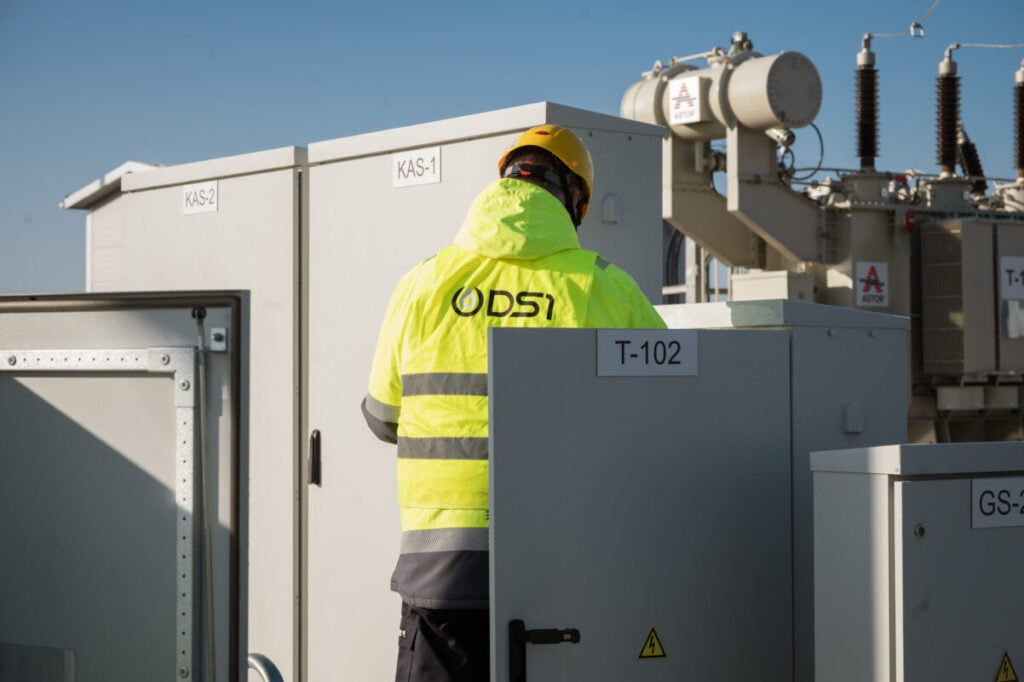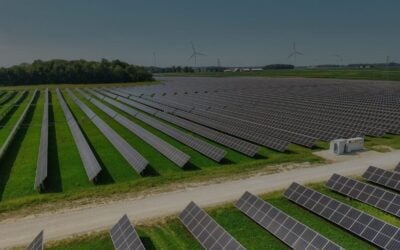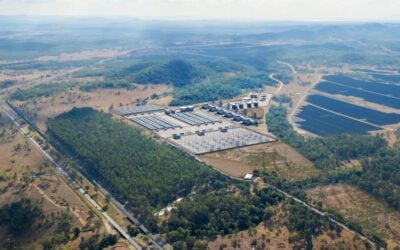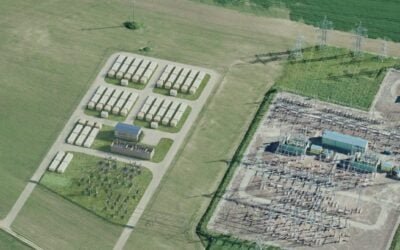
Construction has begun in western Lithuania on a 30MW/60MWh grid-connected battery energy storage system (BESS) project using CATL equipment.
Commencement of the project was announced to Energy-Storage.news yesterday (19 August) by energy infrastructure construction company DS1, which is headquartered in Lithuania with operations in numerous European countries.
Chinese lithium-ion (Li-ion) battery OEM and BESS solutions manufacturer CATL will supply the battery storage equipment. DS1’s partner BL Energy has selected power conversion system (PCS) equipment from inverter manufacturer Power Electronics for the project.
According to a local news report, the asset is being constructed near Telšiai, which is a small city about 270km northwest of the national capital Vilnius.
Try Premium for just $1
- Full premium access for the first month at only $1
- Converts to an annual rate after 30 days unless cancelled
- Cancel anytime during the trial period
Premium Benefits
- Expert industry analysis and interviews
- Digital access to PV Tech Power journal
- Exclusive event discounts
Or get the full Premium subscription right away
Or continue reading this article for free
DS1 claimed that the proximity of the 2-hour duration utility-scale battery storage system to its transmission connection point via an existing overhead 110kV line just 50 metres away will enable fast and efficient implementation of the project.
Partner BL Energy is an Israel-headquartered energy services company that provides engineering, procurement and construction (EPC), project and construction management, and commissioning services across a range of technologies, including oil and gas, renewables and maritime energy.
BL Energy has worked on over 1.5GWh of BESS projects internationally to date. DS1 said the partnership will enable the Lithuanian company to deliver turnkey BESS solutions for customers’ projects at home and abroad, leaning on BL Energy’s experience and technical knowledge.
A DS1 spokesperson told Energy-Storage.news this morning that DS1 is an investor in the project near Telšiai, as well as serving as the general contractor responsible for its delivery.
“This dual role reflects our broader strategy of being involved in both the execution and long-term value of energy infrastructure projects,” the spokesperson said.
The company’s services arm, DS1 Services, will carry out the 30MW/60MWh site’s maintenance, including management of an on-site warehouse for spare parts and acting as the official representative to CATL and Power Electronics in Lithuania. DS1 Service maintains over 463MW of infrastructure in the country, including 348MW of wind generation across eight power plants.
Lithuania and neighbouring Baltic States’ adoption of energy storage
The announcement comes amid waves of energy storage development, financing activities and policy initiatives in Lithuania and its fellow Baltic States Estonia and Latvia.
In July, the Lithuanian government approved a €37 million (US$43 million) increase to a capex grant scheme for energy storage projects, adding to an existing €102 million made available for the scheme, which was approved in 2024 and will come from European Union (EU) funding mechanisms.
The country’s Ministry of Energy is aiming to oversee 1.5GW/4.4GWh of new energy storage deployments by 2028, and Energy-Storage.news has reported on numerous projects, such as utility Ignitis Group’s 291MW/582MWh portfolio across three sites into which the company said last month that it would invest a total of around €130 million.
Energy storage is being considered of strategic national importance to the three Baltic countries, particularly since the disconnection of their grids from the BRELL grid shared with Russia and Belarus earlier this year. The grids are now synchronised with the continental European transmission system operator (TSO) territories.
Ahead of the decoupling from Russia’s network, Lithuania’s own TSO, LitGrid, deployed a four-project portfolio of equally sized 50MW BESS assets in partnership with system integrator Fluence, located at strategic points on the grid to aid stability.
Estonia and Latvia are also seeing the buildout of energy storage begin to pick up pace, although so far on a lesser scale.




